Asset Monitoring
Home / Products / Monitoring / Asset Monitoring
Asset monitoring is the process of measuring and analyzing the status and condition of various assets, such as machines, equipment, and tools. Asset monitoring is important for various industries, such as manufacturing, logistics, healthcare, and agriculture. In this article, we will introduce some of the IoT-based asset monitoring systems that can help you improve your asset performance and efficiency.
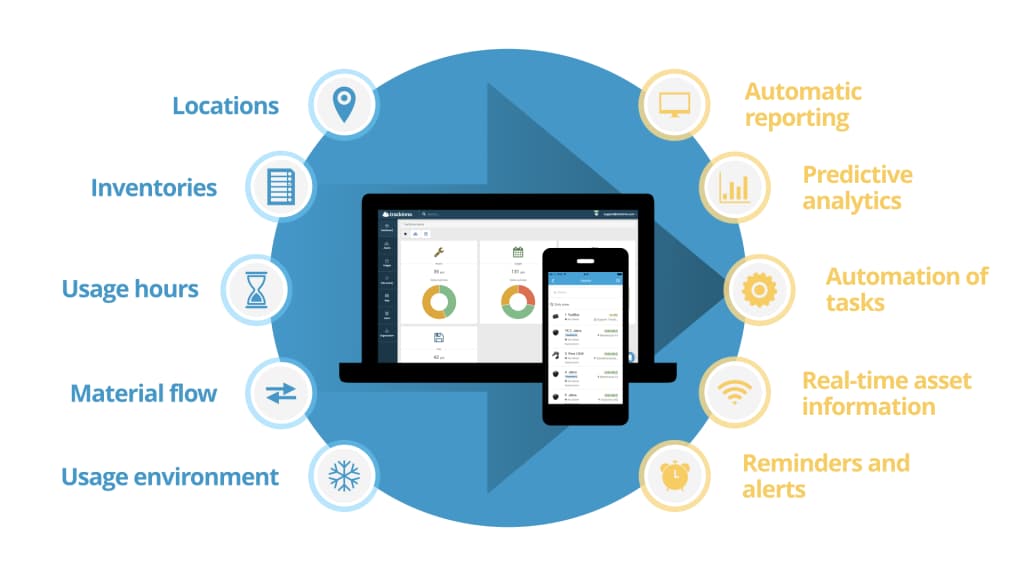
Industrial temperature monitoring is the process of measuring and controlling the temperature of industrial assets, such as ovens, furnaces, boilers, and refrigerators. Industrial temperature monitoring can help you prevent and reduce temperature-related issues, such as overheating, undercooling, thermal expansion, and thermal shock. IoT-based industrial temperature monitoring systems use sensors and devices to measure and regulate the temperature of industrial assets, as well as communicate and process the data using wireless networks and cloud computing. These systems can provide real-time feedback and control on the temperature conditions and trends of the assets, as well as alert you of any anomalies or faults. For example, an IoT-based industrial temperature monitoring system can help you monitor and adjust the temperature of an oven to ensure optimal baking quality and efficiency.
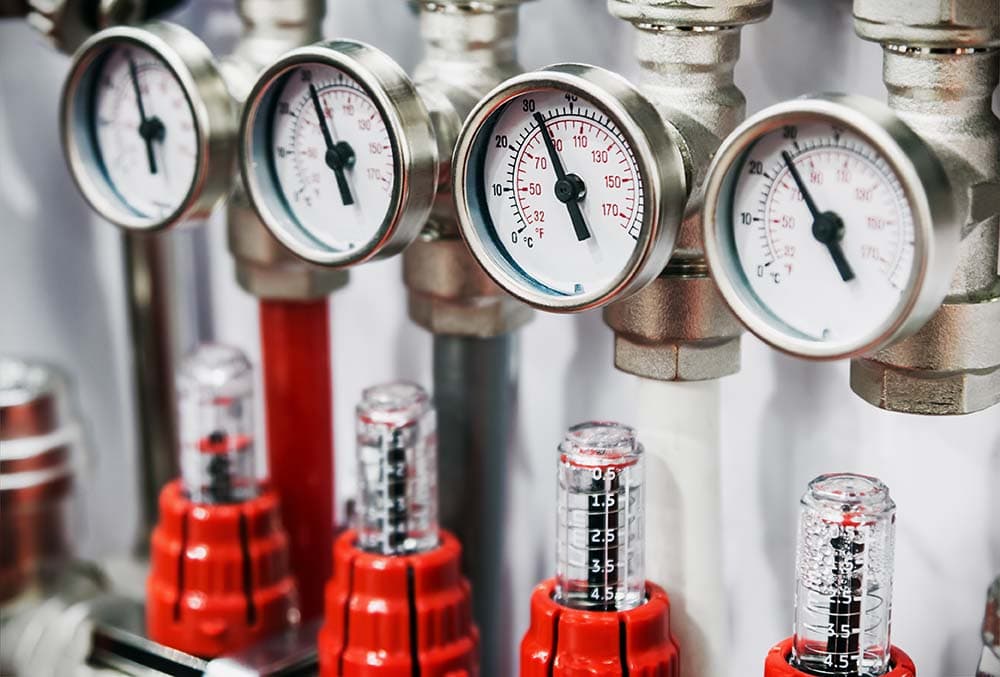
Noise monitoring is the process of measuring and analyzing the sound levels and frequencies of various assets, such as machines, vehicles, and generators. Noise monitoring can help you prevent and reduce noise pollution, which can cause various nuisance and health problems, such as hearing loss, stress, and sleep disturbance. IoT-based noise monitoring systems use sensors and devices to measure and control the noise levels and frequencies of various assets, as well as communicate and process the data using wireless networks and cloud computing. These systems can provide real-time insights and alerts on the noise conditions and sources, as well as help you comply with noise regulations and standards. For example, an IoT-based noise monitoring system can help you monitor and reduce the noise emissions from a factory to ensure a safe and comfortable working environment.
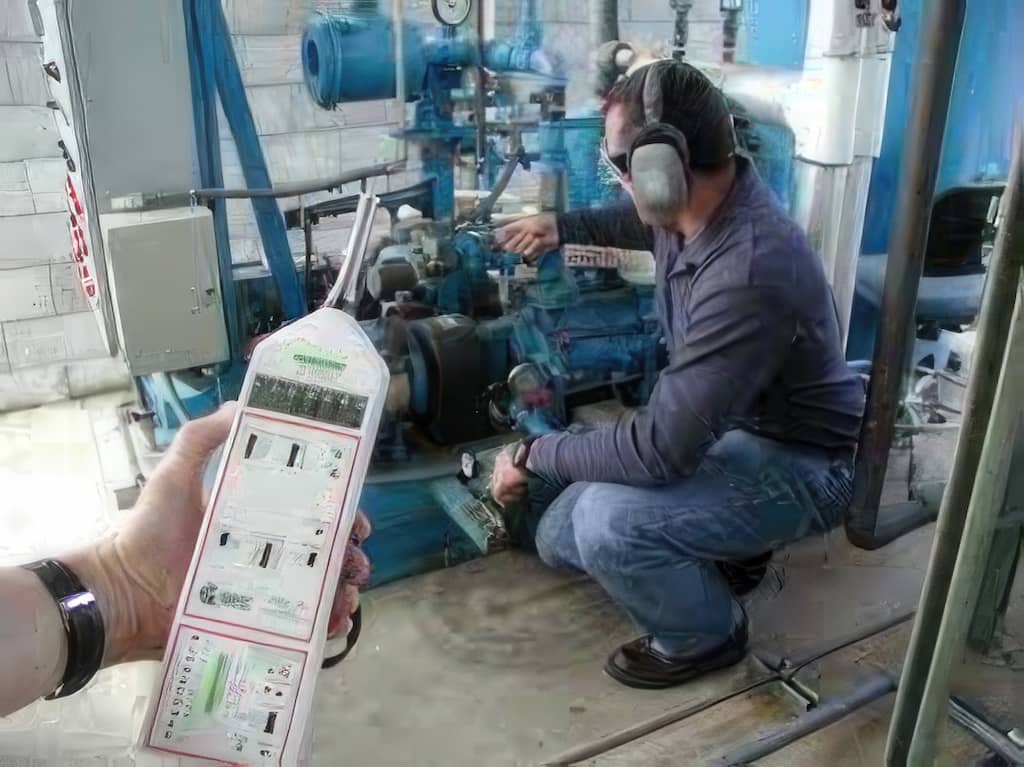
Cold storage monitoring is the process of measuring and maintaining the temperature and humidity of cold storage facilities, such as refrigerators, freezers, and warehouses. Cold storage monitoring can help you prevent and reduce food spoilage, waste, and contamination, as well as ensure food quality and safety. IoT-based cold storage monitoring systems use sensors and devices to measure and control the temperature and humidity of cold storage facilities, as well as communicate and process the data using wireless networks and cloud computing. These systems can provide real-time feedback and control on the cold storage conditions and trends, as well as alert you of any deviations or malfunctions. For example, an IoT-based cold storage monitoring system can help you monitor and maintain the temperature and humidity of a warehouse to ensure optimal storage and preservation of food products.
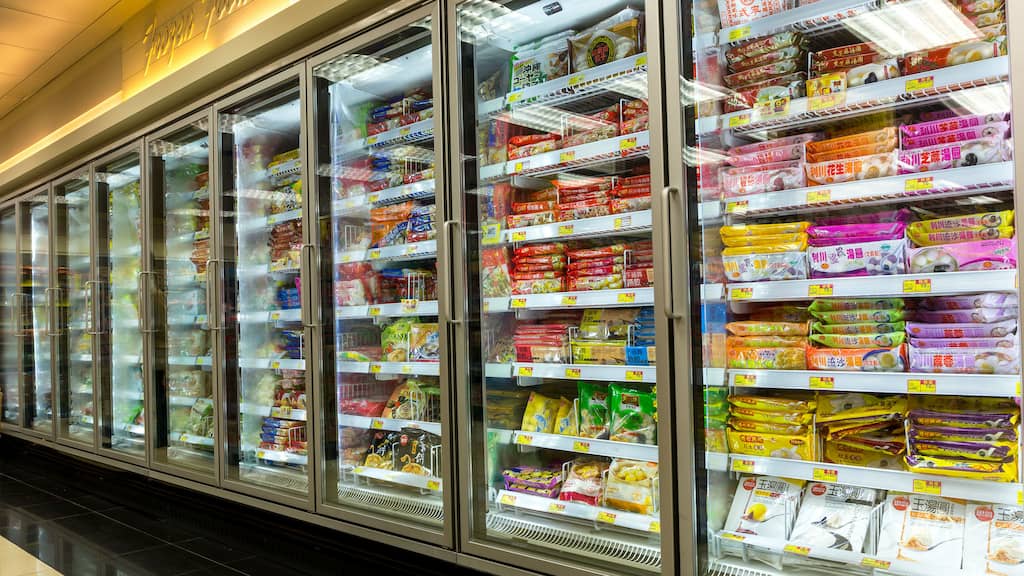
Level monitoring is the process of measuring and managing the level of liquids or solids in various containers, such as tanks, silos, and bins. Level monitoring can help you prevent and reduce overfilling, underfilling, spillage, and leakage, as well as ensure inventory accuracy and availability. IoT-based level monitoring systems use sensors and devices to measure and control the level of liquids or solids in various containers, as well as communicate and process the data using wireless networks and cloud computing. These systems can provide real-time insights and alerts on the level conditions and status, as well as help you optimize the filling and emptying processes. For example, an IoT-based level monitoring system can help you monitor and control the level of water in a tank to ensure optimal water supply and consumption.
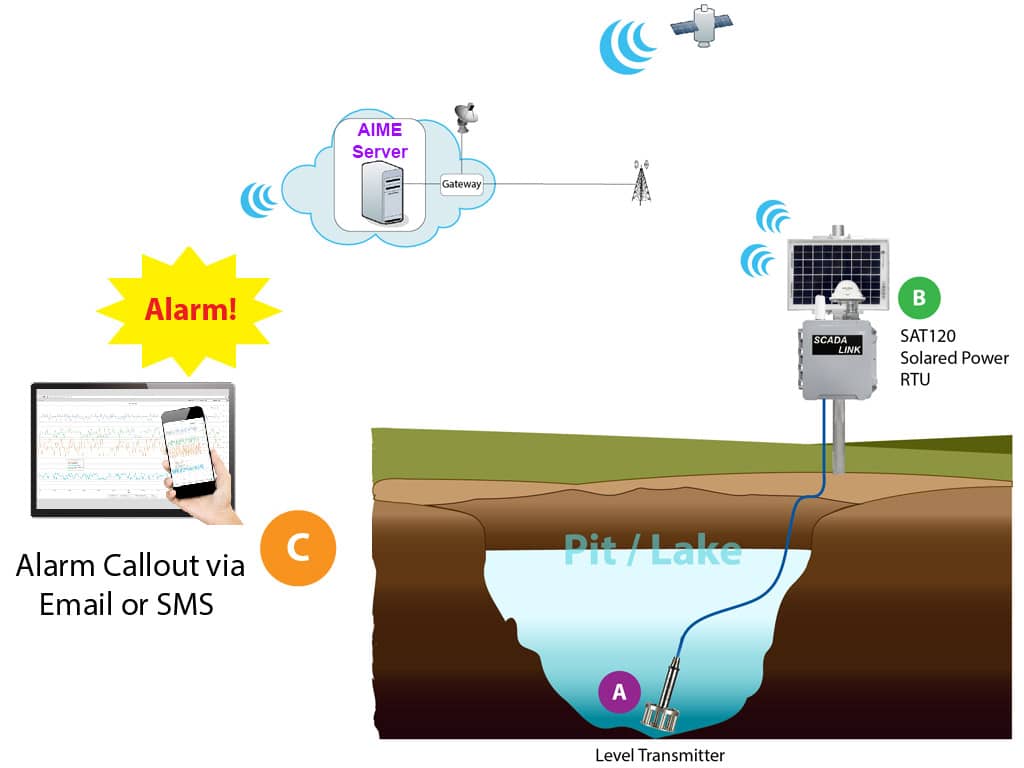
Water leakage monitoring is the process of measuring and detecting the leakage of water from various assets, such as pipes, faucets, and valves. Water leakage monitoring can help you prevent and reduce water loss, damage, and cost, as well as ensure water efficiency and reliability. IoT-based water leakage monitoring systems use sensors and devices to measure and detect the leakage of water from various assets, as well as communicate and process the data using wireless networks and cloud computing. These systems can provide real-time insights and alerts on the leakage conditions and locations, as well as help you locate and fix the leaks. For example, an IoT-based water leakage monitoring system can help you monitor and detect the leakage of water from a pipe to ensure minimal water wastage and damage.
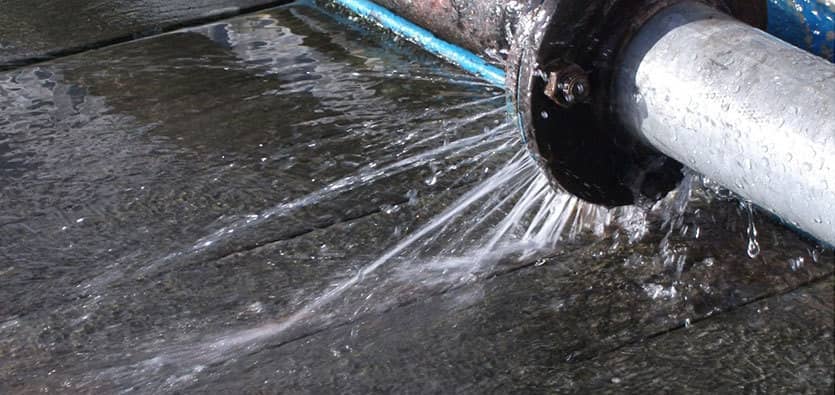
Vibration monitoring is the process of measuring and analyzing the vibration of various assets, such as machines, equipment, and structures. Vibration monitoring can help you prevent and reduce vibration-related issues, such as wear, tear, fatigue, and failure. IoT-based vibration monitoring systems use sensors and devices to measure and analyze the vibration of various assets, as well as communicate and process the data using wireless networks and cloud computing. These systems can provide real-time feedback and control on the vibration conditions and trends, as well as alert you of any anomalies or faults. For example, an IoT-based vibration monitoring system can help you monitor and analyze the vibration of a machine to ensure optimal performance and efficiency.
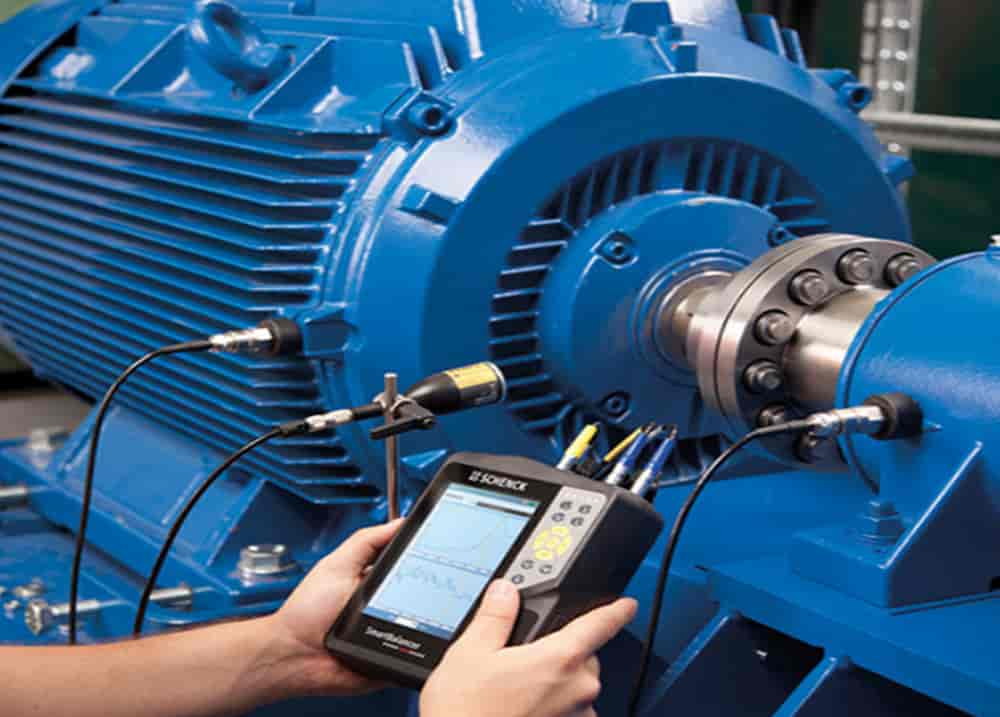
The benefits of using IoT-based asset monitoring systems are numerous and significant. IoT-based asset monitoring systems can help you:
- Improve your asset performance and efficiency by preventing and reducing asset-related issues, such as malfunction, breakdown, and failure.
- Improve your asset management and maintenance by optimizing asset utilization, operation, and lifecycle.
- Improve your asset quality and safety by ensuring asset standards and regulations, and providing asset data and reports.
- Improve your asset cost and energy savings by reducing asset monitoring and management costs, and minimizing asset energy consumption and waste.
- Improve your asset user satisfaction and comfort by enhancing asset availability and reliability, and providing asset feedback and control.
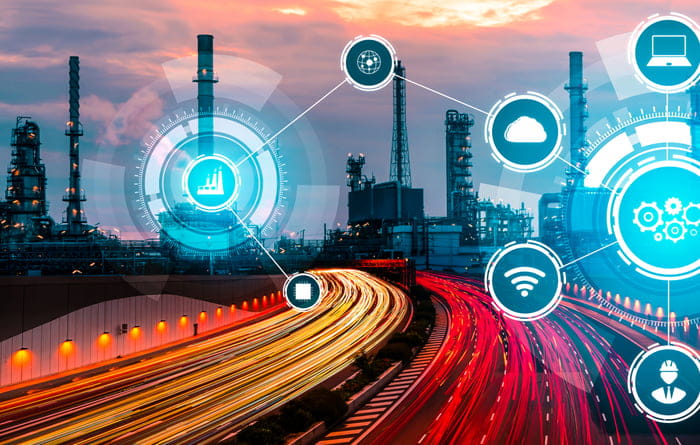
The risks of not using IoT-based asset monitoring systems are also numerous and significant. Not using IoT-based asset monitoring systems can expose you to:
- Poor asset performance and efficiency by increasing the chances of asset-related issues, such as malfunction, breakdown, and failure.
- Poor asset management and maintenance by wasting asset utilization, operation, and lifecycle.
- Poor asset quality and safety by violating asset standards and regulations, and lacking asset data and reports.
- Poor asset cost and energy savings by increasing asset monitoring and management costs, and maximizing asset energy consumption and waste.
- Poor asset user satisfaction and comfort by reducing asset availability and reliability, and lacking asset feedback and control.
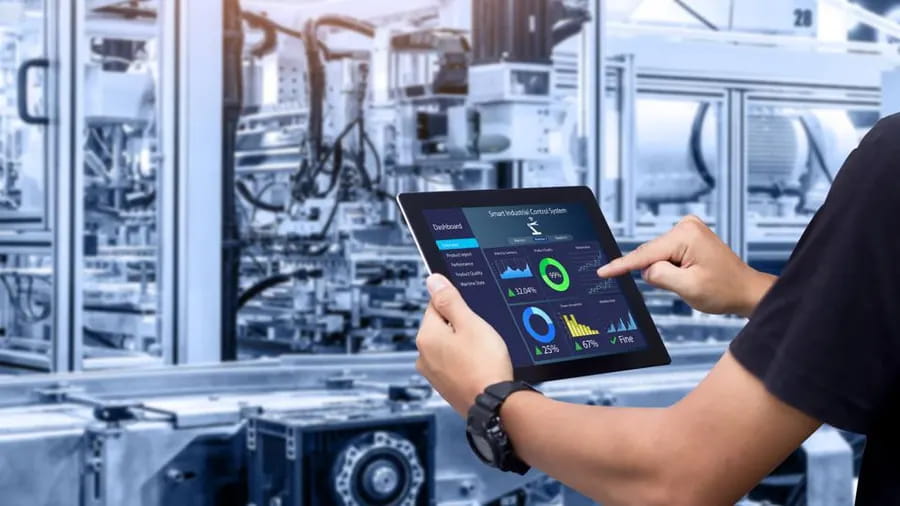
As you can see, IoT-based asset monitoring systems are essential for various asset applications and benefits. If you want to improve your asset performance and efficiency, you should consider using IoT-based asset monitoring systems. They can help you measure, analyze, and control the status and condition of your assets. They can also help you prevent and reduce asset-related issues and their impacts. IoT-based asset monitoring systems are the smart way to handle your asset needs.
